Team members

Niki

Annelise

Ben

Cuong
Tools
- Sketch
- Invision
- Marvel
My responsibilities
- User interview
- Personas
- User journey
- Feauture prioritization
- A-B testing
- Card sorting
- High-fidelity wireframes
- Usability testing
Duration
Two weeks
The brief
My team and I were tasked to design an on-boarding experience that’s befitting of a great software company, that educates users not only about what the software does but about the benefits of becoming a truly customer-focused company.
Our approach
The initial scope gave us lots of room to explore the user on-boarding experience. Given our two week sprint time constraint and our client’s imminent public launch we decided focus on the first time in app experience and not re-design the user interface. In particular, the integration of customer feedback tools after sign-up and how users can gain insights from the data that has been integrated.
We started by looking at the COMPETITORS.
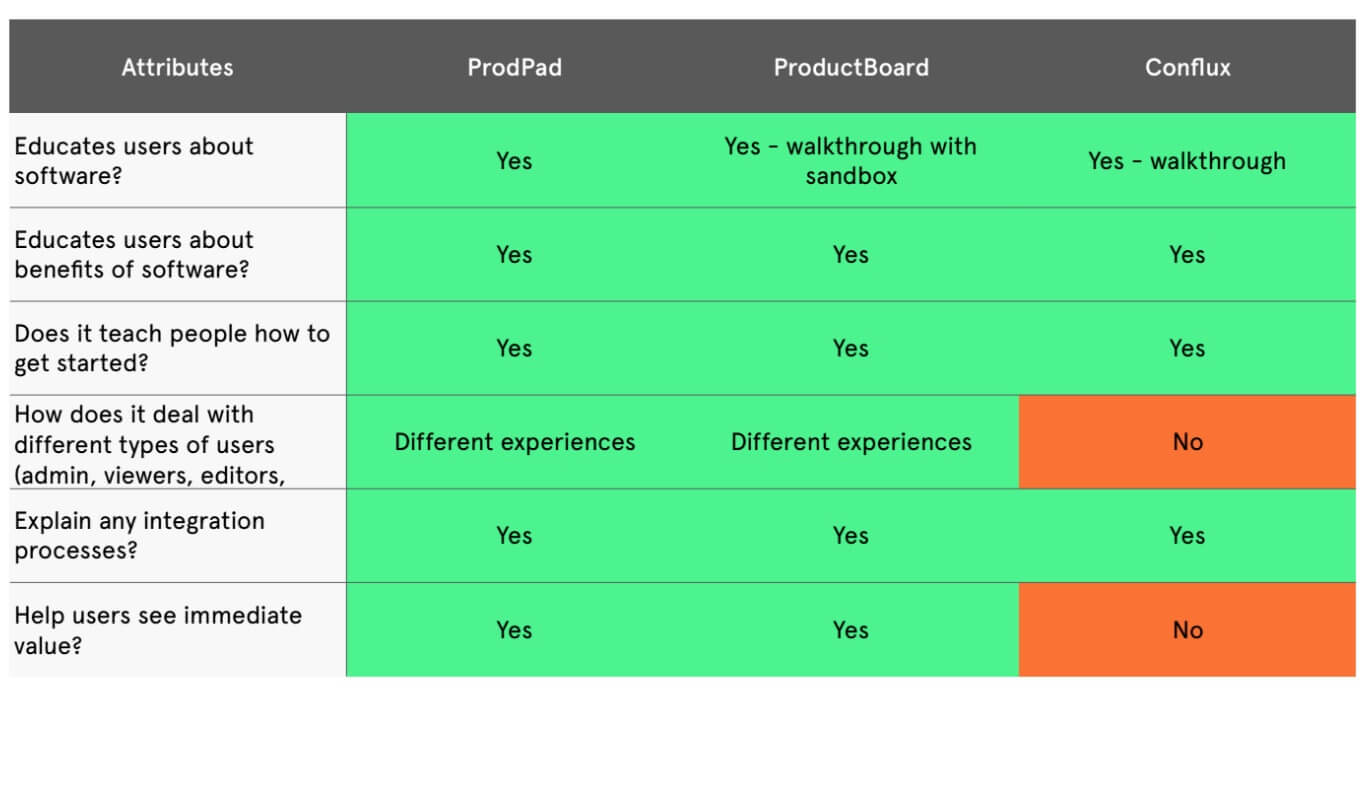
We sent out a recruitment survey through our social media networks and directly approached people who fitted the current target market for NomNom. After finding the key users of NomNom we started interviewing them.
With this understanding of our users and the key insights we got from the user research we created personas to help us define our designs.
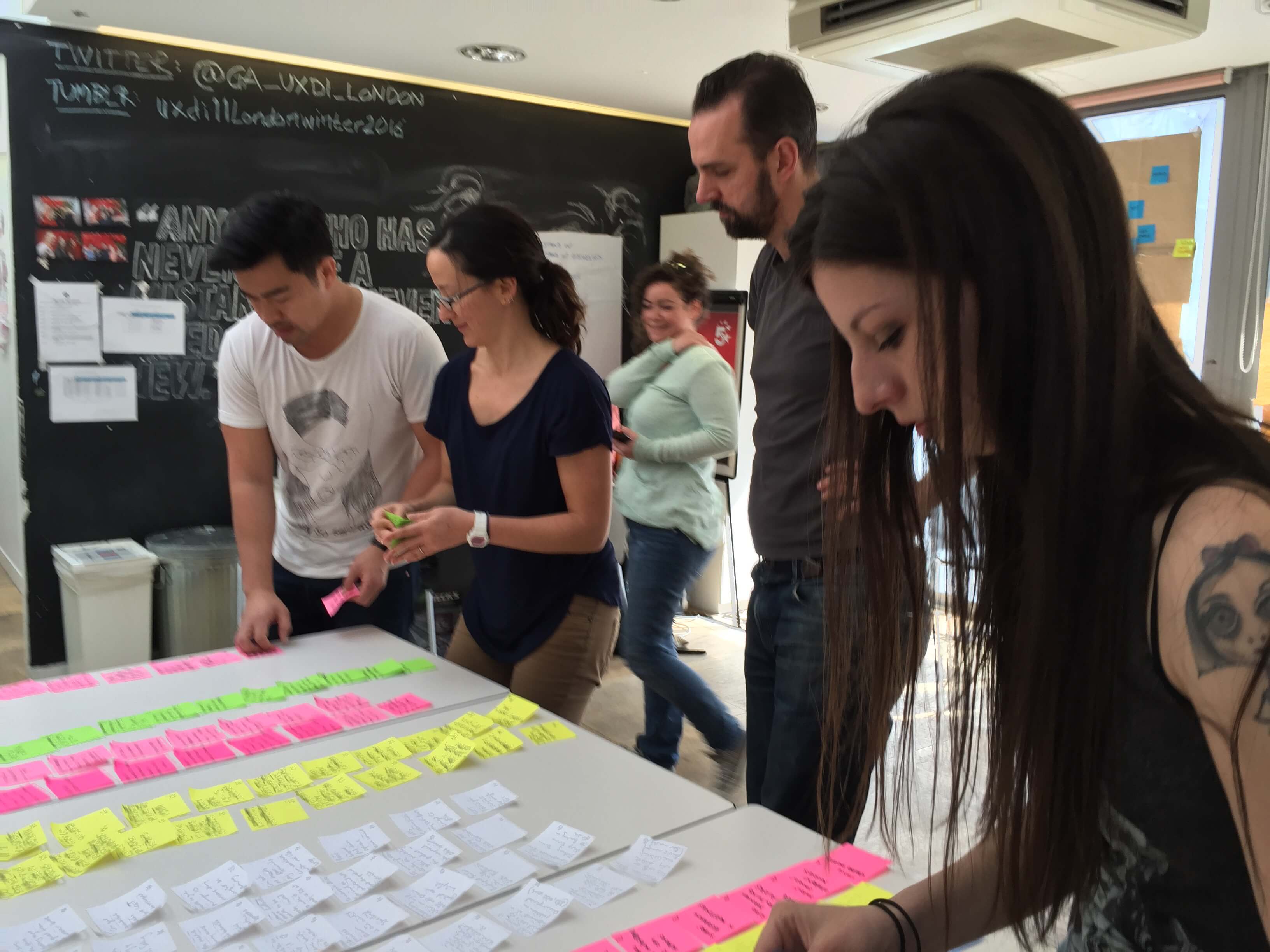
After we created our personas we wanted to see what's their current journey through the application.
Before moving into the design phase we prioritized the features the on-boarding process should have.
And we also created design principles to guide our design on.
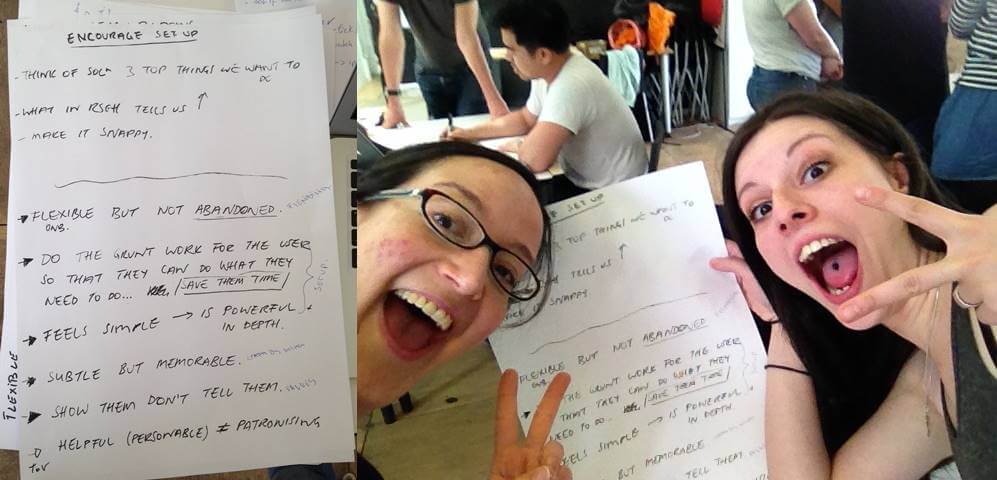
The process
Having gathered all that information from users we then prioritized the features the on-boarding process should have and had a design studio with the stakeholders.
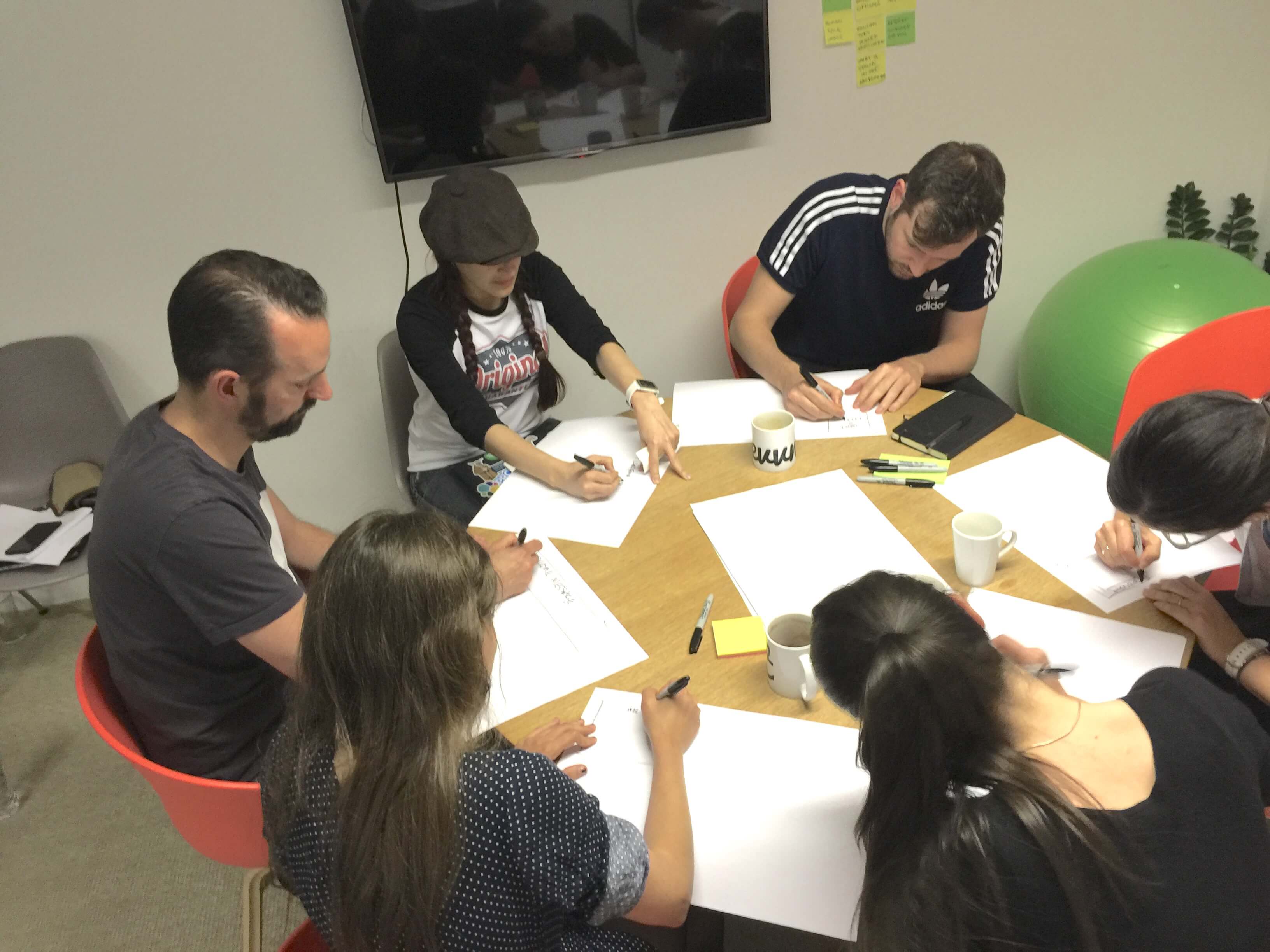
From the design studio we learnt that from business perspective the integration page is the most crucial of them all, but that wasn’t aligning with our user research results. To make sure we will meet the user needs and the business needs, and that our initial assumptions are right, we did an AB paper prototype test with 10 users. From testing we found out that our initial assumptions were right.
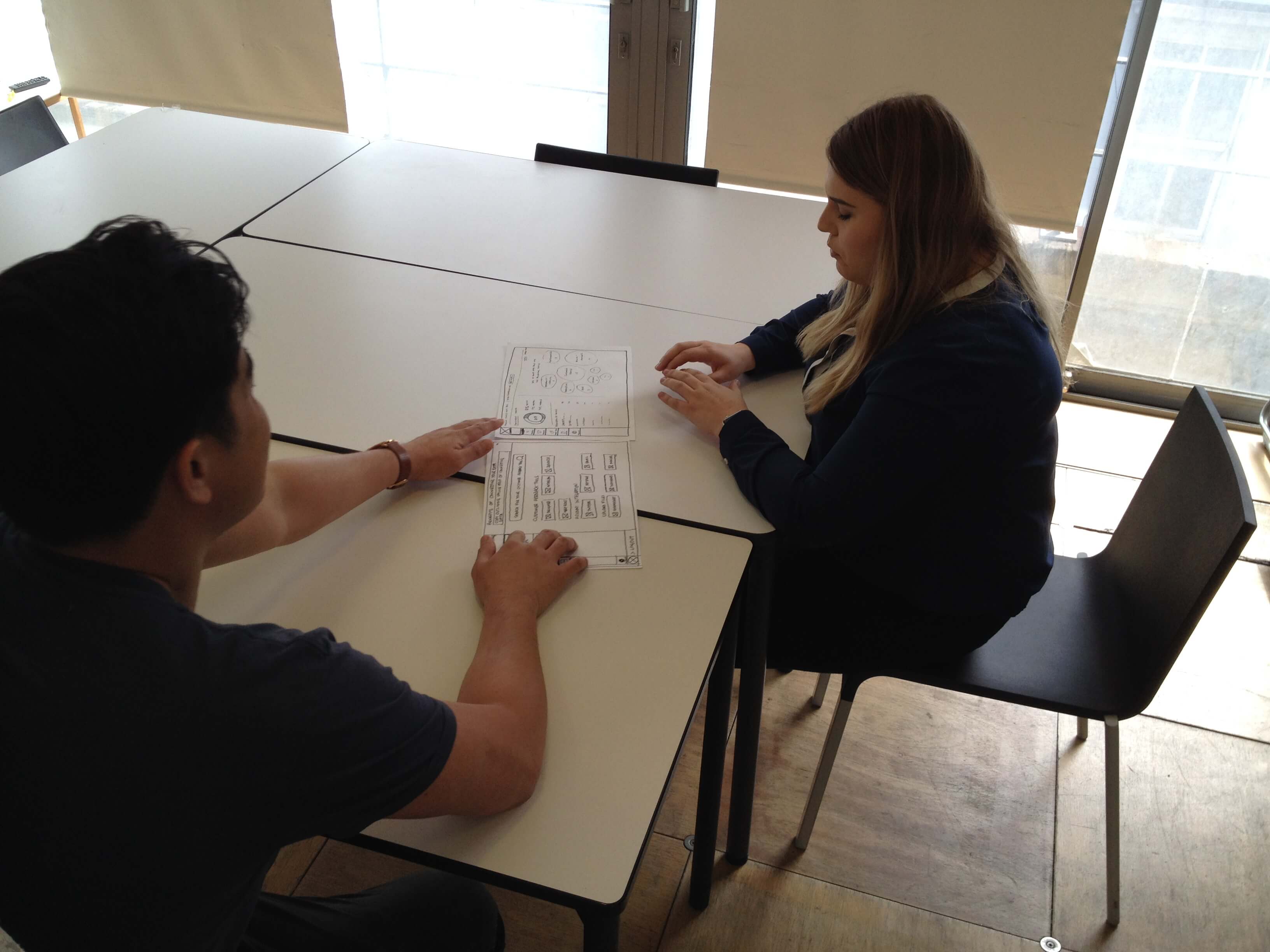
We then moved and designed the on-boarding process. Because we didn't change the design of the product and we were adding over the current one we went straight into designing the mockups.

We wrote a test script for our user testing and we ran 5 rounds of tests and iterations, before finishing with a high fidelity prototype in keeping with the existing visual design of NomNom.
We tried to cater to too many different users’ needs and the business' needs, so didn’t commit to one form of on-boarding and ended up giving users too much choice and too little guidance. It was a mixture of on-boarding styles and preferences that became a Frankenstein.
Up until that point, we’d been iterating based on the latest round of feedback but what we did now was to take a step back and look at the feedback from all rounds to have a holistic view of what had and hadn’t worked. We had a discussion over these issues and pivoted our design. We stuck to three step tour that had worked well through testing, each step equated to one overlay and one screen, only one benefit/feature would be called out per screen and we removed integration from the tour (because users weren’t confused by the integration page at all).

The prototype can be viewed HERE
Outcomes
We tested our final prototype and found user’s confidence in the product increased, as well as the understanding of the value. They knew why they should integrate their own data and how to do it. We did a 20 min presentation for the client with our findings. They were pleased with the result and they are going to implement the design we created.
During our testing we did get feedback that would be interesting to explore in future versions: some users expressed that they would prefer a sandbox to play with the data, other users wanted additional tours and testers from larger organisations cited a desire for reassurance on the accuracy of the sentiment algorithm.